The world of image stabilization has undergone a quiet revolution in recent years, driven by advancements in gyroscope-based debouncing algorithms. What began as a specialized technique for military and aerospace applications has now become ubiquitous in consumer electronics, from smartphones to action cameras. At the heart of this transformation lies the sophisticated dance between hardware and software that makes shaky footage appear buttery smooth.
Understanding the core challenge of image stabilization reveals why gyroscopes have become indispensable. When a camera moves unpredictably during capture, traditional software stabilization often struggles to distinguish between intentional panning and unwanted jitter. This is where the gyroscope's ability to measure angular velocity with millisecond precision changes the game. Modern debouncing algorithms don't just react to movement - they anticipate it by creating predictive models of camera shake patterns.
The magic happens in how these algorithms process raw gyroscope data. Early implementations simply subtracted detected motion from the captured frames, often resulting in a characteristic "wobbly" look. Today's approaches employ complex filtering techniques that separate human motion (which tends to have smooth acceleration curves) from mechanical vibration (which typically shows high-frequency spikes). This biological versus mechanical differentiation allows for more natural-looking stabilization that preserves intentional movement while eliminating jarring shakes.
One breakthrough came with the adoption of Kalman filters in consumer devices. Originally developed for aerospace navigation, these recursive algorithms excel at estimating system states (like camera orientation) from noisy sensor data. By combining gyroscope measurements with accelerometer data and sometimes even image analysis, they can maintain remarkably accurate orientation estimates even during rapid movement. The best implementations today achieve this with minimal latency - often under 5 milliseconds - which is crucial for real-time stabilization.
Machine learning has recently entered the gyroscope debouncing arena with fascinating results. Some algorithms now use neural networks trained on thousands of hours of shaky footage to recognize specific types of motion patterns. This allows for context-aware stabilization that behaves differently when, say, walking versus running or when the camera is mounted on a vehicle. The system learns not just how to remove shake, but how to do so in a way that feels organic to human perception.
The battle against high-frequency vibration presents unique challenges that push gyroscope algorithms to their limits. When cameras are mounted on drones or racing vehicles, they encounter vibrations in the 50-200Hz range - frequencies too fast for traditional optical stabilization systems to handle. Here, gyroscope data becomes crucial because it can detect these minute movements faster than any image sensor. Advanced debouncing techniques employ adaptive notch filters that can dynamically tune themselves to cancel out specific vibration frequencies in real time.
Power efficiency has become a critical consideration as stabilization moves into always-on applications. Early gyroscope algorithms consumed significant processing power, draining batteries quickly. Modern implementations use clever techniques like sensor fusion (combining data from multiple sensors) to reduce computational load. Some systems now employ hierarchical processing where simpler algorithms handle steady-state stabilization, only invoking more complex math when significant motion is detected.
The future of gyroscope debouncing may lie in distributed processing architectures. As edge computing becomes more prevalent, we're seeing algorithms that split processing between the camera's onboard processor and companion devices or cloud services. This allows for incredibly sophisticated stabilization that would be impossible to run in real-time on a single chip. Some experimental systems even use gyroscope data to predict motion several frames ahead, giving the stabilization system time to prepare optimal corrections.
What makes contemporary gyroscope algorithms truly remarkable is their adaptability. Unlike the one-size-fits-all approaches of the past, today's systems can automatically adjust their parameters based on shooting conditions. Low-light situations might trigger more aggressive stabilization to compensate for longer exposures, while bright daylight allows for subtler corrections. This contextual awareness extends to recognizing when a camera is handheld versus tripod-mounted - a distinction that profoundly affects stabilization needs.
The implications extend far beyond consumer video. Medical endoscopes, industrial inspection cameras, and even astronomical observation equipment now benefit from gyroscope stabilization techniques. In surgical applications, for instance, the ability to cancel out a surgeon's natural hand tremors can make the difference between a routine procedure and accidental tissue damage. These specialized implementations often push the boundaries of what's possible with debouncing algorithms, later trickling down to consumer devices.
As we look ahead, the line between hardware and software stabilization continues to blur. Some manufacturers are experimenting with gyroscopes that sample at ultra-high rates (up to 32kHz) specifically to feed data-hungry algorithms. Others are developing specialized co-processors dedicated solely to stabilization math. What remains constant is the central role of the gyroscope as the truth-teller in an otherwise chaotic world of motion - providing the raw data that lets algorithms separate signal from noise, intention from accident, and ultimately create the stable images we've come to expect.
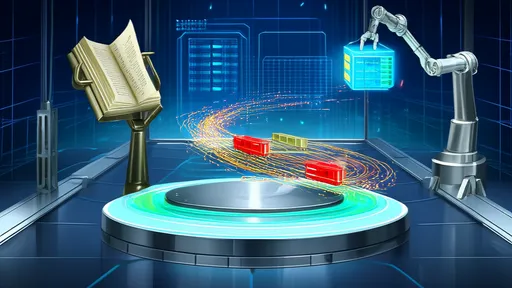
By /Aug 15, 2025
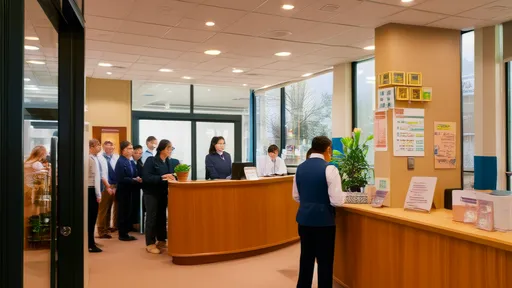
By /Aug 15, 2025

By /Aug 15, 2025

By /Aug 15, 2025

By /Aug 15, 2025

By /Aug 15, 2025
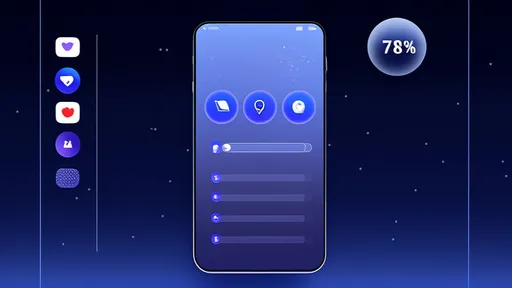
By /Aug 15, 2025

By /Aug 15, 2025

By /Aug 15, 2025

By /Aug 15, 2025

By /Aug 15, 2025
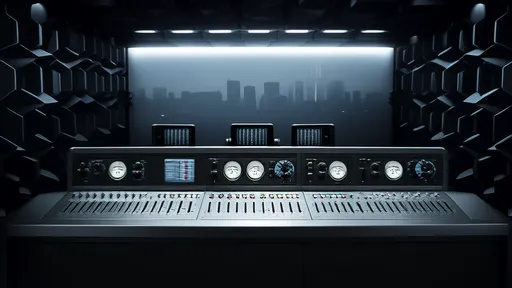
By /Aug 15, 2025
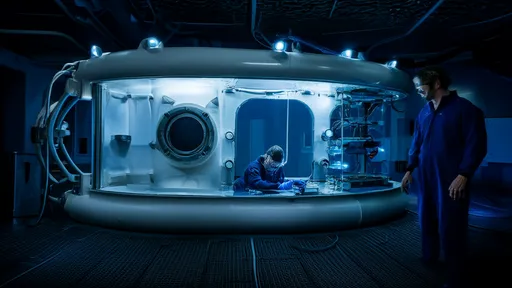
By /Aug 15, 2025

By /Aug 15, 2025

By /Aug 15, 2025
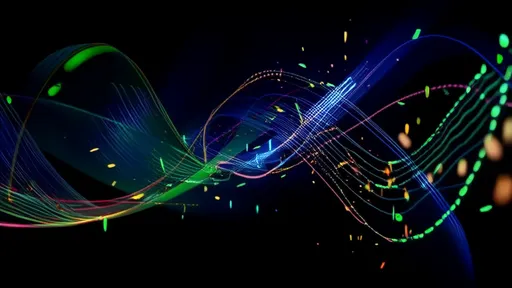
By /Aug 15, 2025

By /Aug 15, 2025

By /Aug 15, 2025
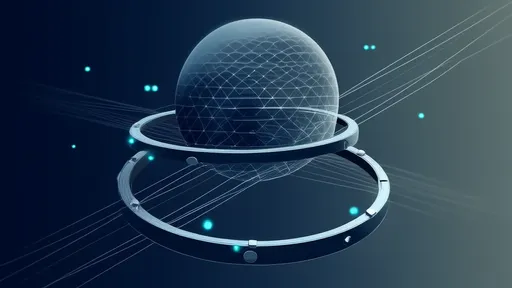
By /Aug 15, 2025

By /Aug 15, 2025